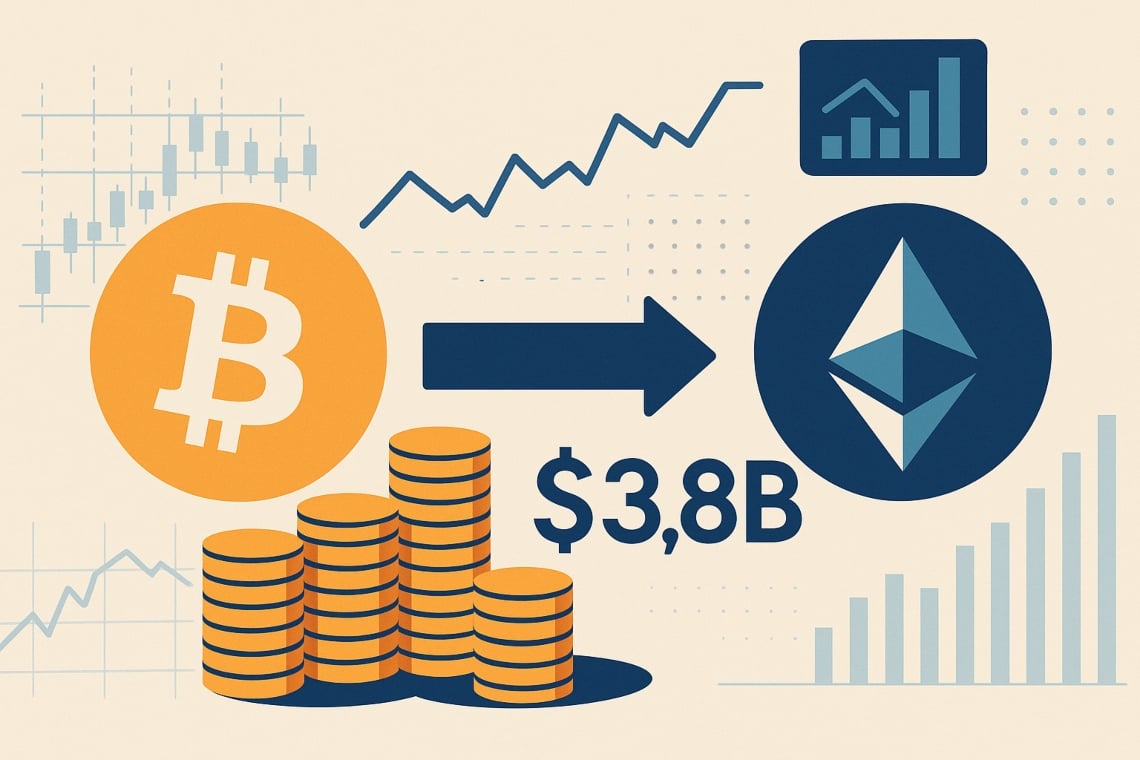Sonic Labs DAO Approves $150M Sonic ETF Launch to Bridge Crypto with US Capital Market

Sonic Labs DAO has authorized a ground-breaking policy proposal to list the S token, the native token of the Sonic blockchain, on the U.S capital markets. Sonic Labs DAO is a community-governed, decentralized, autonomous organization focusing on spearheading the growth of the Sonic blockchain ecosystem. With this calculated move, the DAO is keen on incorporating the cryptocurrency into the traditional investment networks.
The DAO placed the proposal on voting from 20th August to 31st August, 2025. Following the conclusion of the voting process, the decentralized organization approved the decision, today early morning, to roll out an ETP/ETF that tracks the prices of Sonic cryptocurrency.
Sonic DAO Community Voted To Allow THE Launch of Sonic ETF
According to the data disclosed today by market analyst Satoshi Club, a U.S.-listed ETF/ETP connected to Sonic’s network aims to offer a compliant exposure for traditional investors. BitGo, a digital asset platform offering institutional-focused security and regulated custody solutions, will serve as a custodian for the proposed Sonic’s spot ETF/ETP.
To support the rollout of the ETF/ETP product, Sonic Labs intends to create a U.S.-based subsidiary, dubbed Sonic USA LLC, an entity that will function as a regulatory and operational headquarters for operations in the U.S. The new subsidiary will concentrate on attracting institutional partnerships, adherence to legal compliance, and business growth to build Sonic’s presence in the US market.
The DAO’s proposal also seeks to establish a PIPE (private investment in public equity) product in the US stock exchange, NASDAQ. Sonic Labs plans to leverage the trading of this PIPE offering to attract strategic capital from financial institutions. Together with these three deliberate initiatives, Sonic Labs wants to broaden the accessibility of its native asset to institutional usage and expand its presence in regulated financial markets.
Sonic Seeking Expand Its Presence in the American Market
Sonic’s move to build its footprint in the US financial markets is part of the crypto project’s effort to support its long-term growth by bolstering adoption, market efficiency, and the legitimacy of its Sonic cryptocurrency. The timing of this proposal happens when Sonic continues to experience surging on-chain activity across its network. The S token witnessed massive growth in July, hitting $4.94 billion in trading volume from $3.1 billion noted in June, which is almost a 60% surge in a single month. Contributing factors for this growth include Sonic’s DeFi surge and rising on-chain activity.
Sonic is currently the 20th largest blockchain by TVL, ahead of Berachain and Cardano, holding $377.11 million in assets locked in DeFi at press time. The ecosystem’s exponential growth in the decentralized finance environment has attracted significant interest from digital asset investors. The rising trading volume, as illustrated above, means Sonic is experiencing stronger customer activity and more robust visibility across the virtual currency market.
También te puede interesar

U.S. stocks closed: the three major stock indexes rose and fell, and Circle rose 34%
